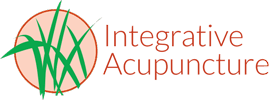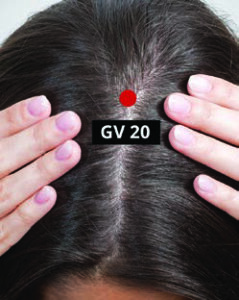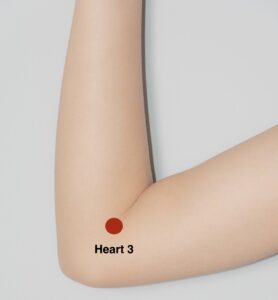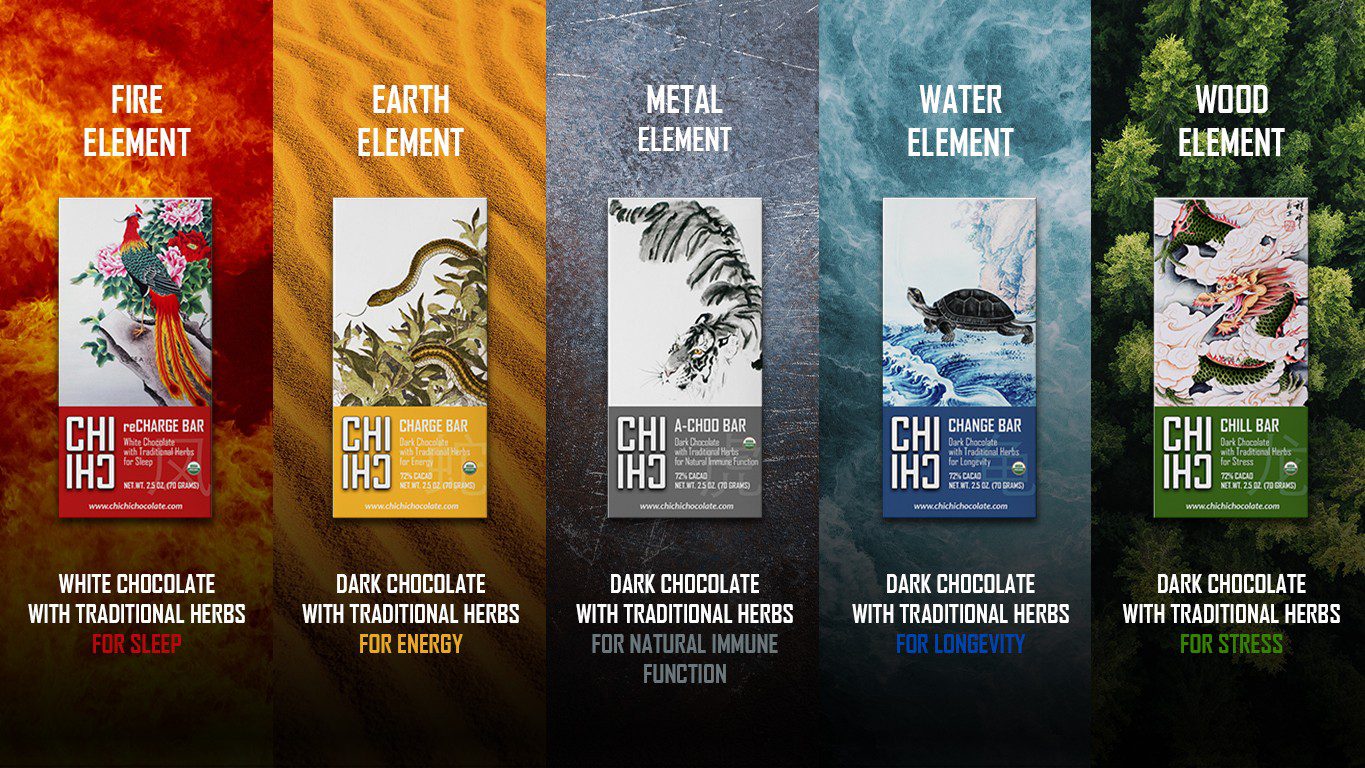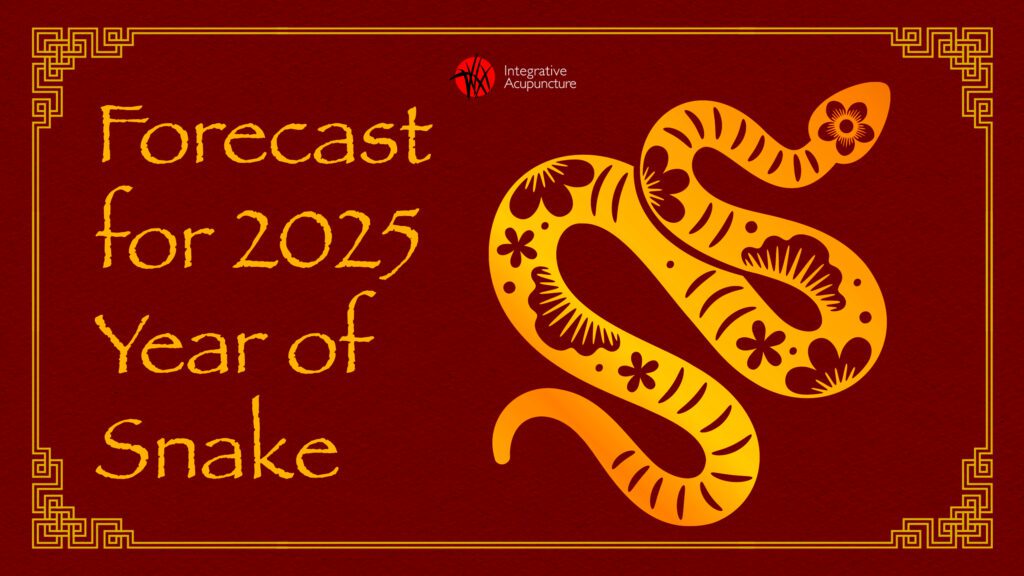Seasonal Affective Disorder (SAD) is a form of depression that affects people worldwide. Even in the USA, this condition burdens millions of Americans each year. It is most commonly experienced during the fall and winter months as it’s related to seasonal changes. In fact, the symptoms tend to begin and end around the same times each year for those who suffer from SAD.
Symptoms of SAD
- Having low energy
- Feeling sluggish or agitated
- Feeling depressed
- Losing interest in activities you usually enjoy
- Experiencing changes in your appetite or weight
- Having problems sleeping
- Having difficulty concentrating
- Having frequent thoughts of death or suicide
- Feeling hopeless, worthless, or guilty
Although S.A.D. has various symptoms, probably the most common is depression. Thankfully, acupuncture and acupressure are some of the best tools to combat symptoms of seasonal affective disorder–and especially feelings of depression.
At-Home Acupressure For SAD
One of the best parts of acupressure is that you can do it at home! Be sure to use deep, firm pressure to massage and stimulate each of the following points. When massaging acupoints, try to relax in a comfortable position, close your eyes, and breathe deeply.
GV 20
Governing vessel 20 (GV 20) is a point at the top of the head, midway between the apexes of the ears. GV 20 is one of the most powerful points in the acupuncturists’ arsenal. It raises emotional energy, which in turn can help alleviate depression. Applying pressure or lightly tapping this point is a great way to counter depression on your own.
LV 3
Liver 3 (LV 3) is located on the top of the foot between the big toe and the second toe, where the metatarsal bones meet. Stimulating this point helps stagnant blood to move freely again. Imagine a river or a stream. If there is a beaver dam in it, the water will not be able to flow freely. This same analogy can describe what happens to blood flow in the body. When the blood flow becomes stagnant and minute, the body doesn’t get the proper nutrients it needs to function. In Chinese medicine theory, stagnant blood flow can lead to depression. Liver 3 is used frequently in Traditional Chinese Medicine treatments to re-establish the flow of blood throughout the body. 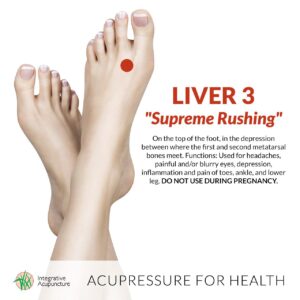
HT 3
Heart 3 (HT 3) is located on the inside of the elbow. When the elbow is flexed, the point is midway between the inner end of the elbow crease and the tip of the elbow bone itself. In traditional Chinese medicine, the heart meridian is often useful when depression is a presenting complaint. Depression causes the heart meridian to become deficient in energy. HT 3 stimulates the energy needed to combat depression symptoms.
Additional Treatment Options
A study published by the National Institute of Health looked at the management options for treating depression. This study was conducted by the Canadian Network for Mood and Anxiety Treatments. They looked at multiple complementary and alternative methods for treating depression, including light therapy, acupuncture, exercise, yoga and natural health supplements like Omega 3 fatty acids and St. John’s Wort. The study concluded acupuncture is most commonly used as a third line of treatment for those seeking alternative methods to deal with depression, despite the fact it tends to be very effective.
Seasonal Affective Disorder can feel overwhelming, but know that we at Integrative Acupuncture are here to help. We can help treat the above symptoms with acupressure, acupuncture, herbal formulas, and more. Schedule an appointment today to make this upcoming winter season a little less daunting.
